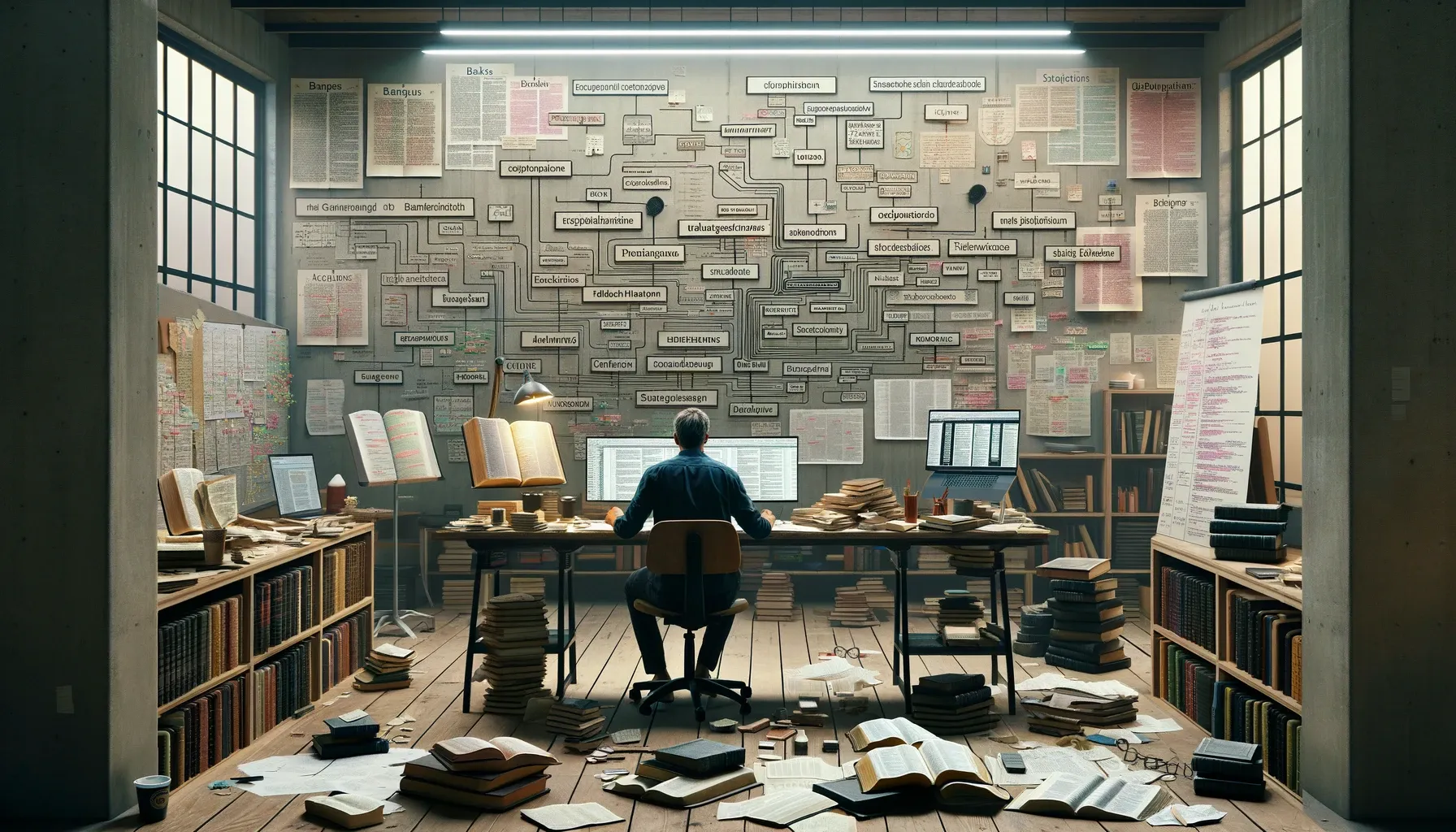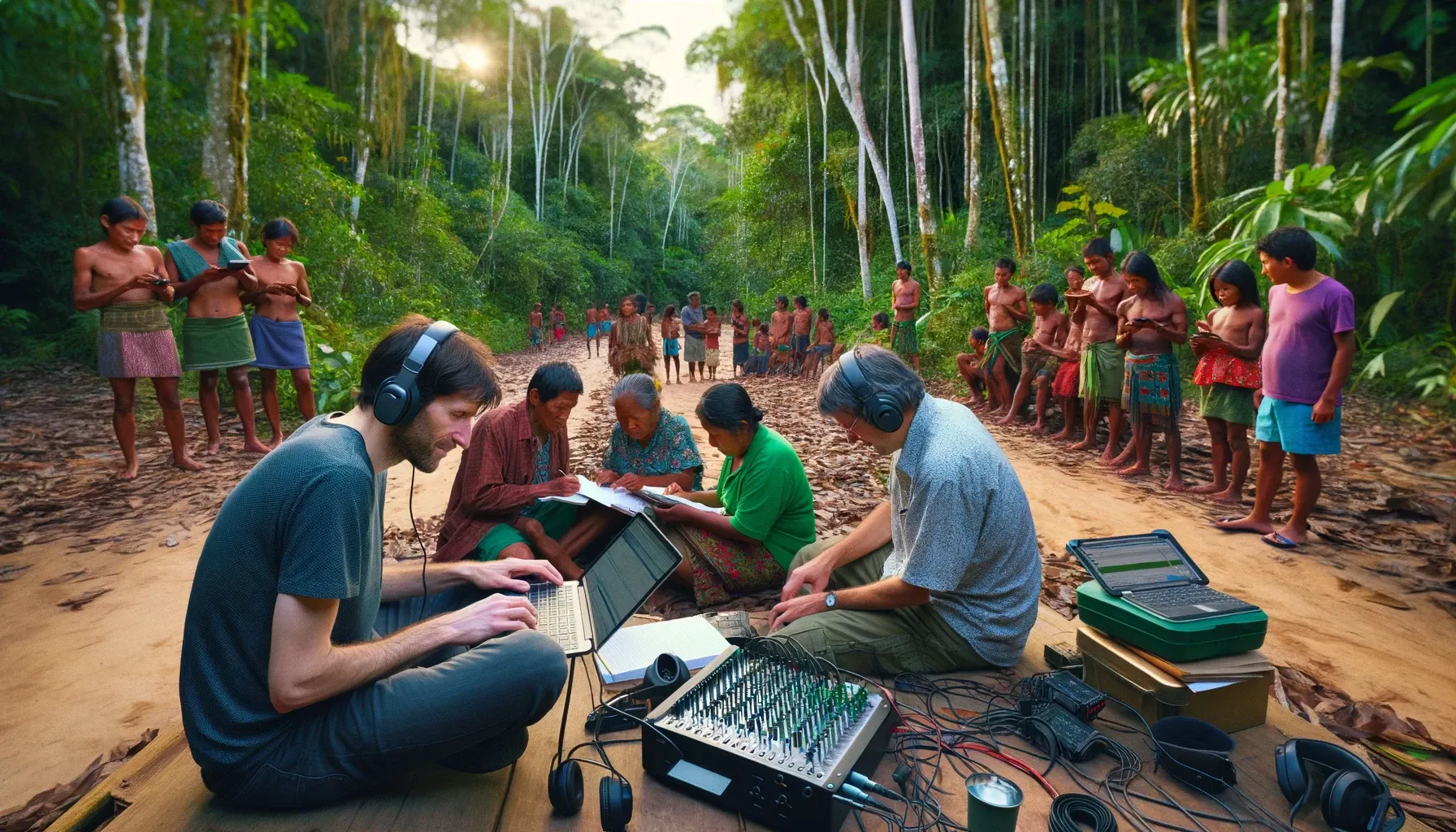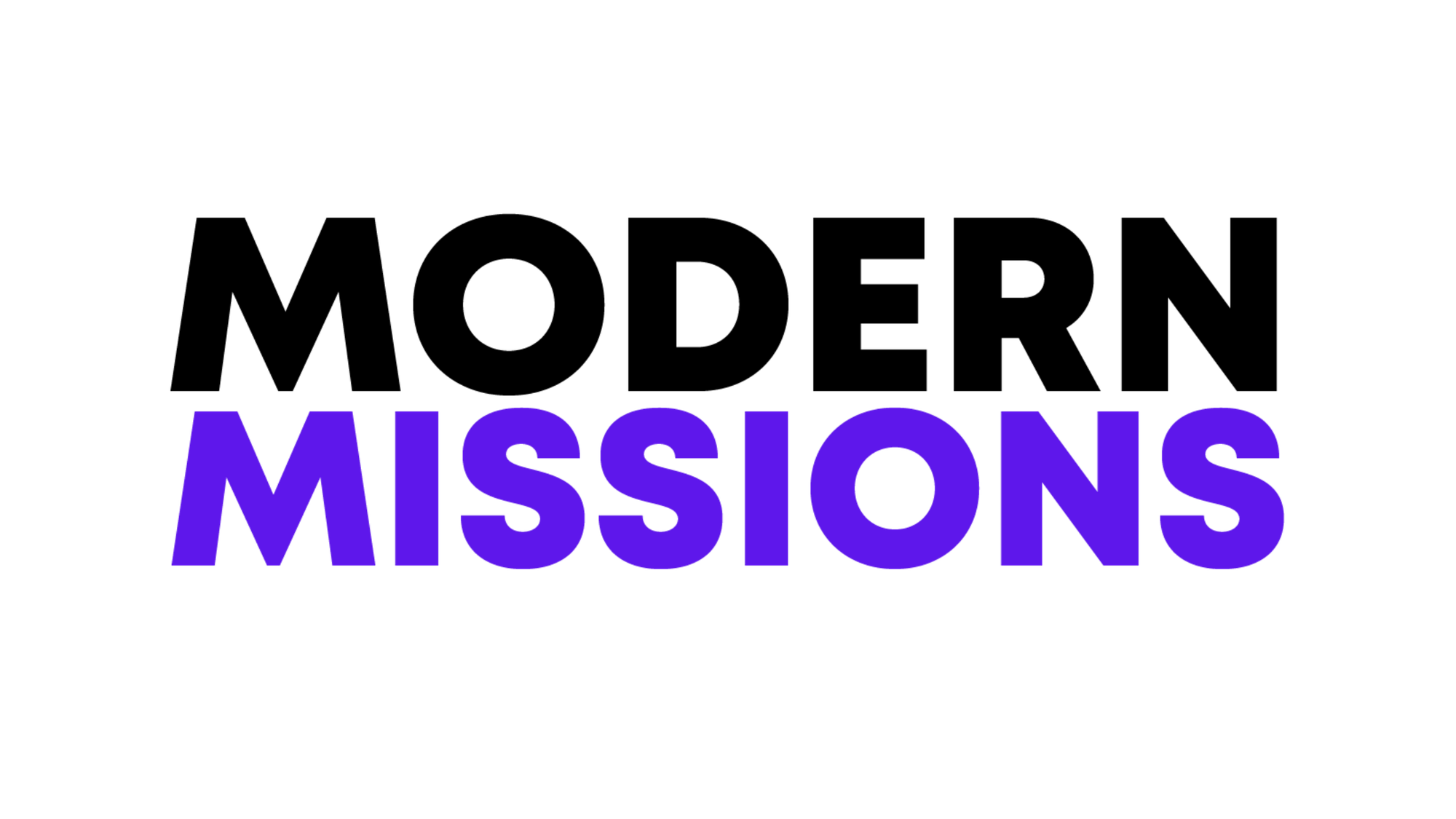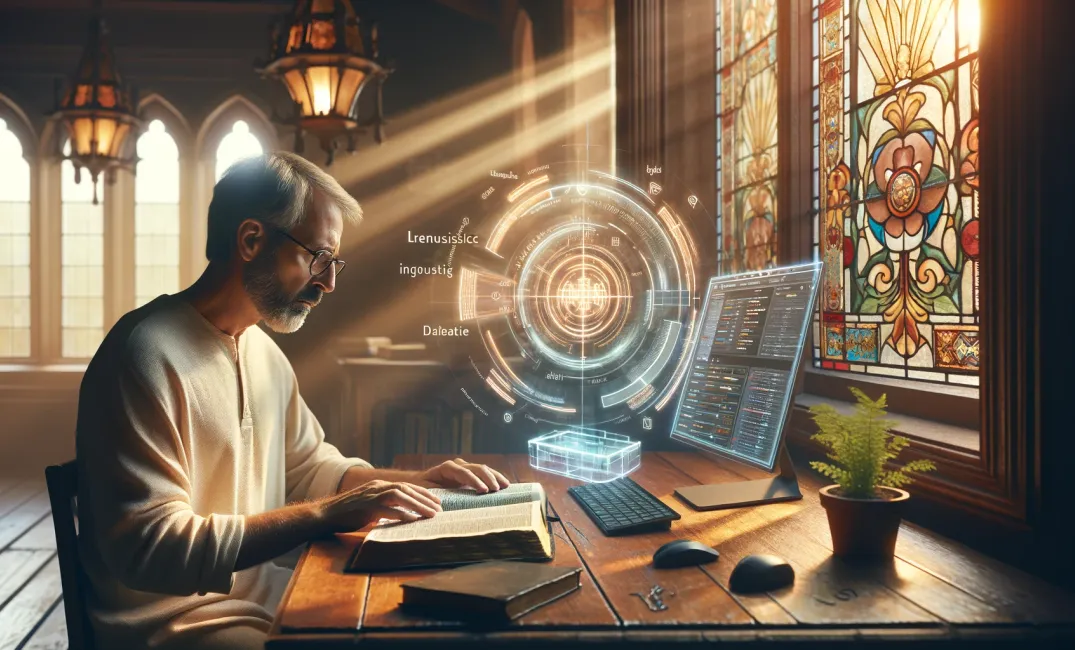In this series, I wanted to see what all the commotion was surrounding AI, so I created a ChatGPT account and started asking it questions.
- In Part 1 (read here) I asked AI to write a blog post for me on “The Evolution of Missionary Communication” and it did a pretty good job!
- In Part 2 (read here) I asked AI what it thought its role in the mission field could be…
- For Part 3 I asked AI how it could help with Bible translation. Then, for Part 4, I interview a friend from Wycliffe with over 30 years of translation experience to get his opinion on AI’s role.
First, here’s AI’s response (shortened and reorganized by me for brevity):
How AI is Revolutionizing Bible Translation

The Problem
Bible translation is an intricate task that goes beyond simple word-for-word conversion.
Traditional translation processes require years of meticulous work by skilled linguists, theologians, and experts in both the source and target languages. Despite their dedication, the limited resources available lead to a slow and painstaking process.
From the poetic cadence of the Psalms to the allegorical richness of parables, each element demands careful consideration to retain the original meaning and impact. Moreover, languages evolve, and translations risk becoming outdated or losing their intended significance with newer audiences.
How AI Can Help
1. Speed and Efficiency

AI technologies like Neural Machine Translation have shown remarkable advancements in recent years, with popular models like Google Translate processing over 100 billion daily words. AI-powered NMT models, like Transformers, can analyze vast datasets of Bible translations, learning grammar structures, idiomatic expressions, and linguistic nuances.
A translation team working on a new Bible version can use NMT to quickly generate initial drafts, which can then be refined by human translators. This allows human translators to focus on the more intricate aspects of the text, such as cultural nuances and theological accuracy.
2. Consistency

The Bible, with its approximately 783,000 words, is a lengthy text, making it challenging for human translators to maintain consistency over extended periods. AI algorithms can ensure the consistent translation of key terms, phrases, and concepts throughout the text, reducing confusion and enhancing readability. This technological assistance dramatically reduces the cognitive load on translators, allowing them to concentrate on the subtleties and deeper meanings of the scripture.
3. Cross-Reference and Analysis

AI significantly aids Bible translation by efficiently cross-referencing and analyzing documents that are difficult for humans to review due to the sheer volume and the physical distance separating them. Advanced AI algorithms can quickly process and compare texts from various sources, identifying patterns, themes, and inconsistencies that might go unnoticed by human translators.
4. Oral and Complex Languages

A translation team working with a small community in the Amazon, where the language has limited written resources, can train a Neural Machine Translation system on a specialized dataset of recordings and contextual information. This allows the NMT system to accurately translate the Bible into this rare language, ensuring that the community can access and understand the scriptures in their native tongue.
Conclusion
AI holds tremendous potential for translating the Bible into every language, making its teachings accessible to people worldwide. While significant challenges remain, particularly for less-documented languages, AI's capabilities are continually evolving.
Through collaboration between AI, human translators, and cultural experts, we can work towards a future where the Bible's wisdom transcends linguistic barriers, reaching hearts and minds across the globe.
(Hi! It’s me again, Erik…) Another interesting response from the AI chatbot right??
So, what does an actual human Bible translator have to say about AI translating the Bible?
In Part 4, I meet with a veteran Wycliffe Bible translator to get his thoughts (and I use AI to transcribe the audio 🤖).



